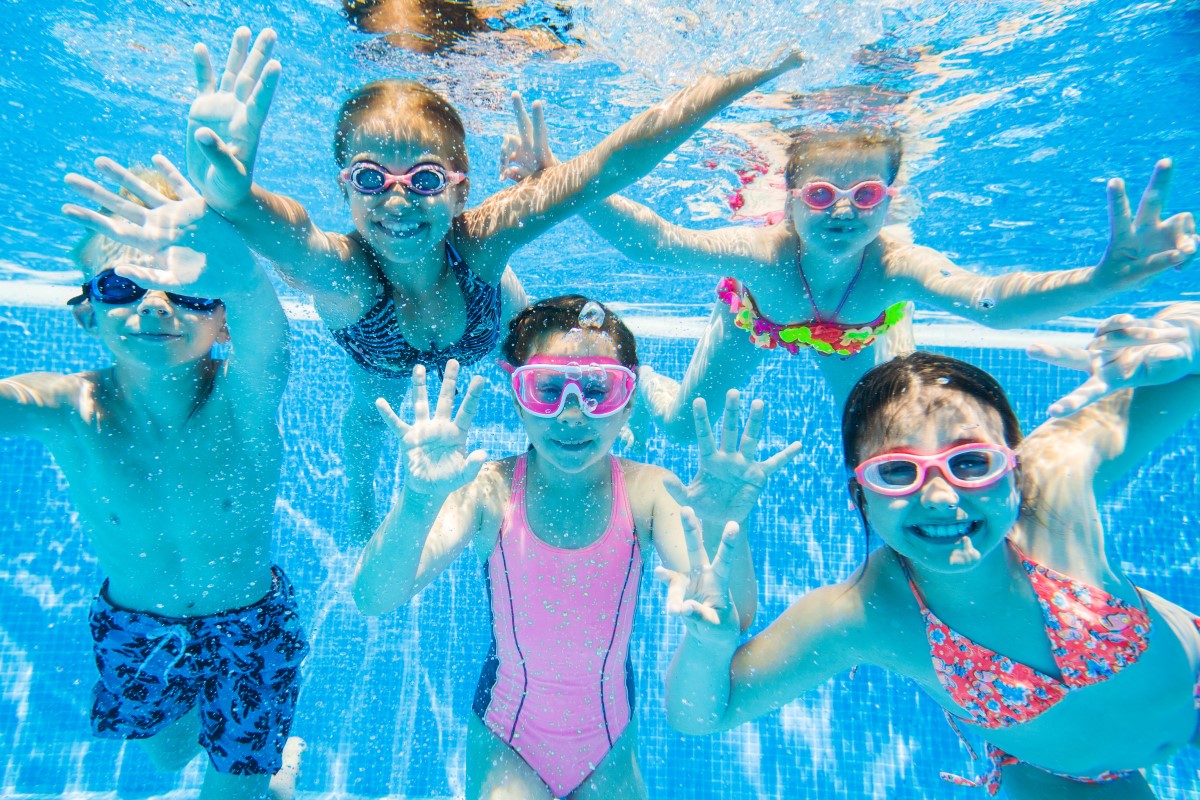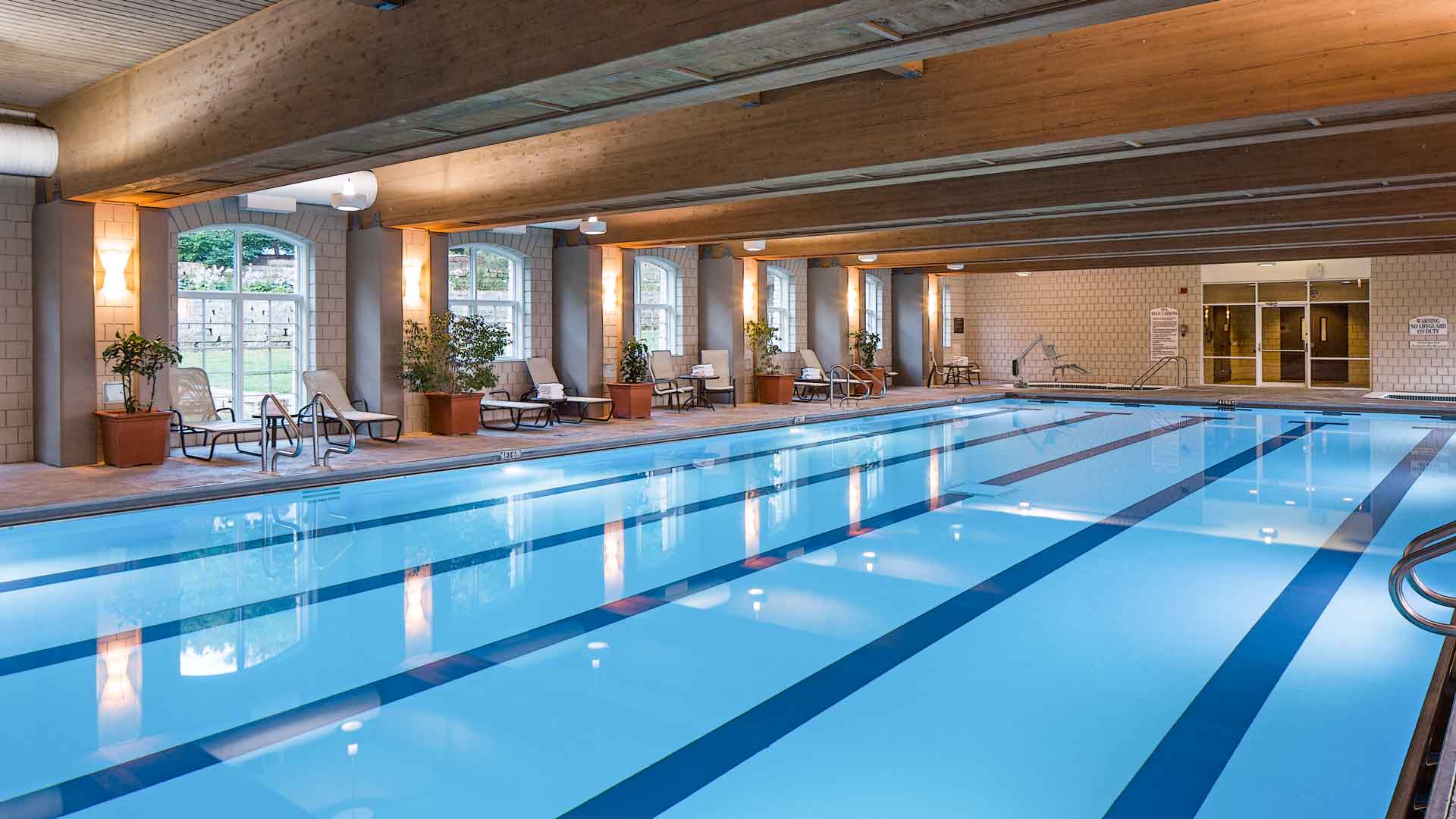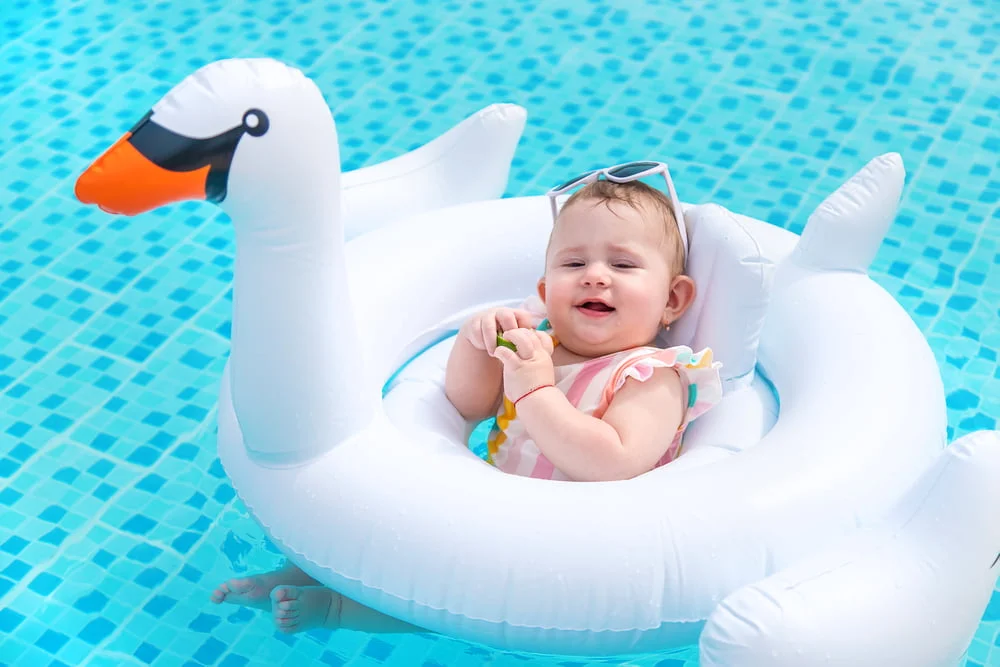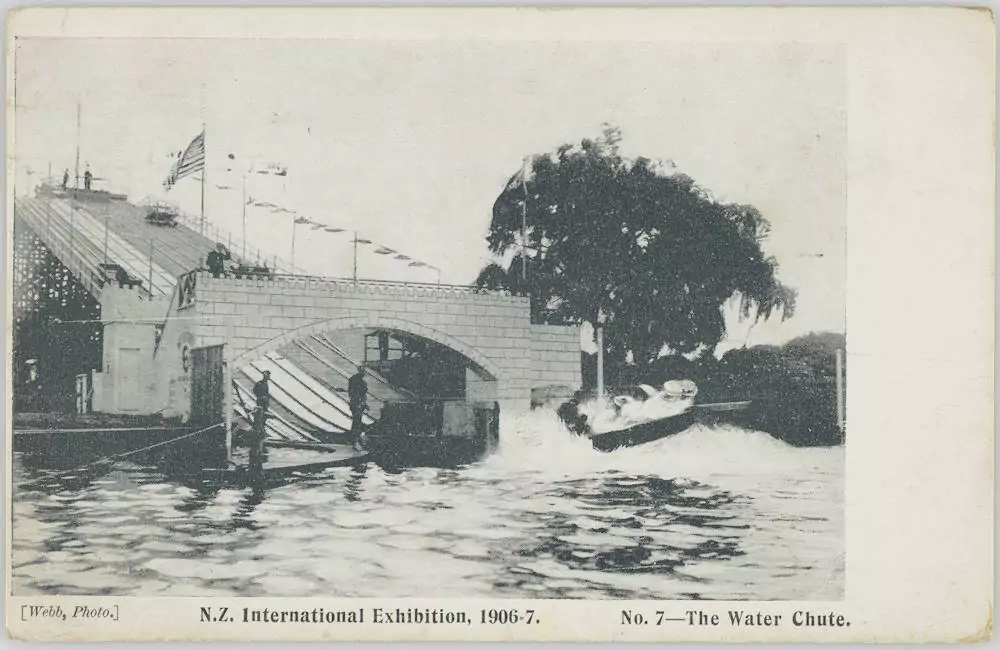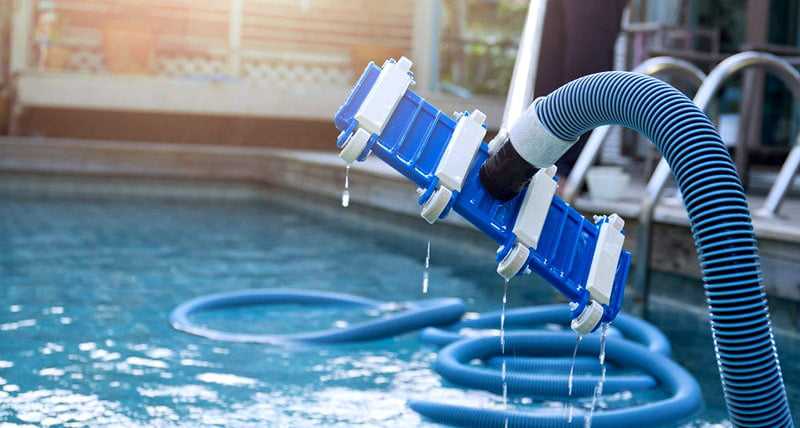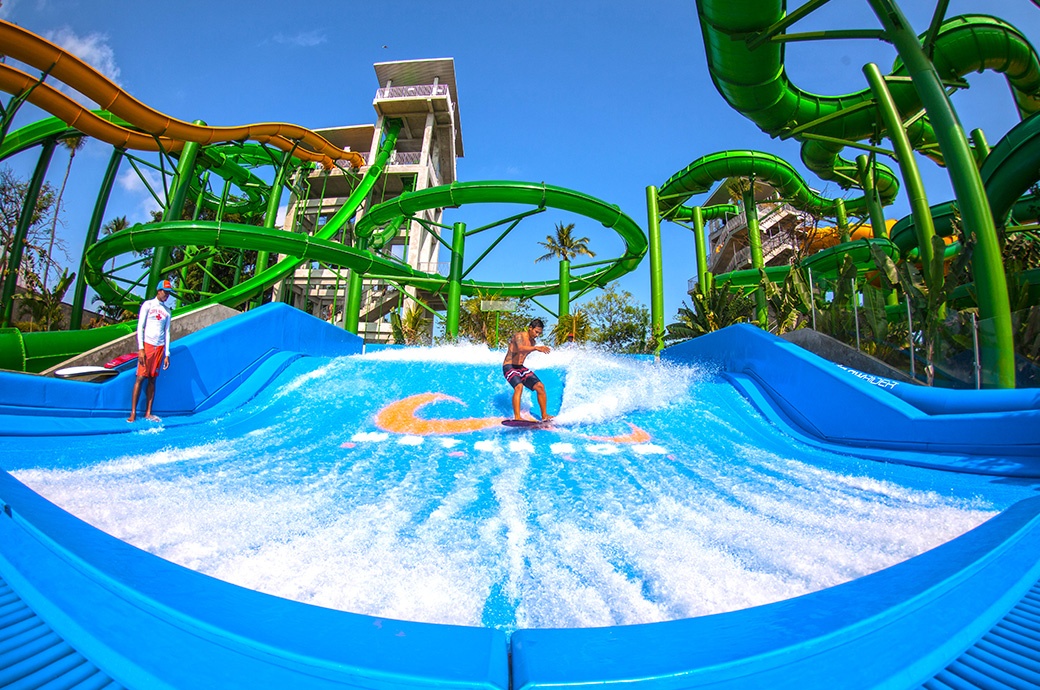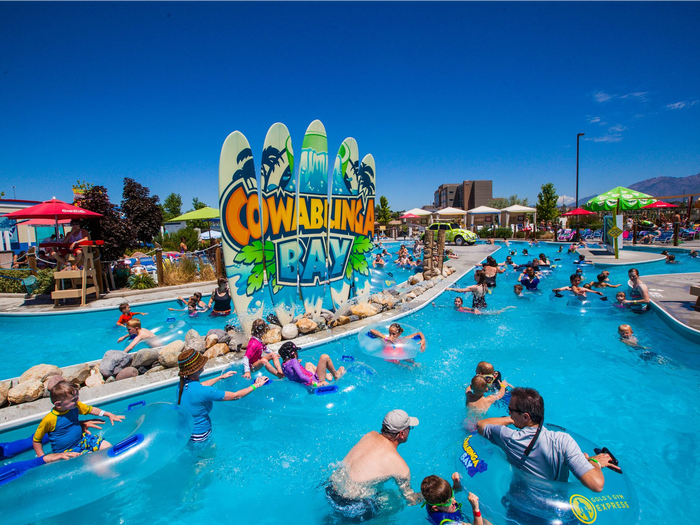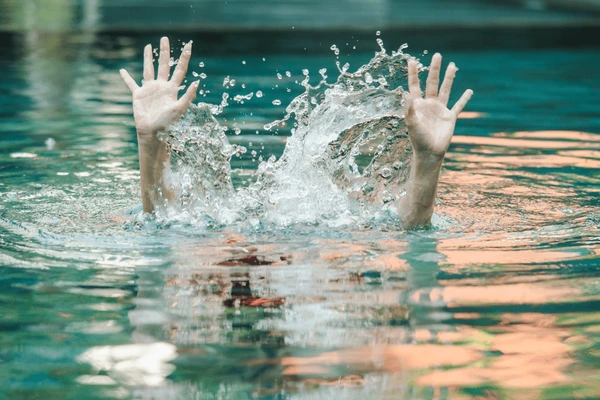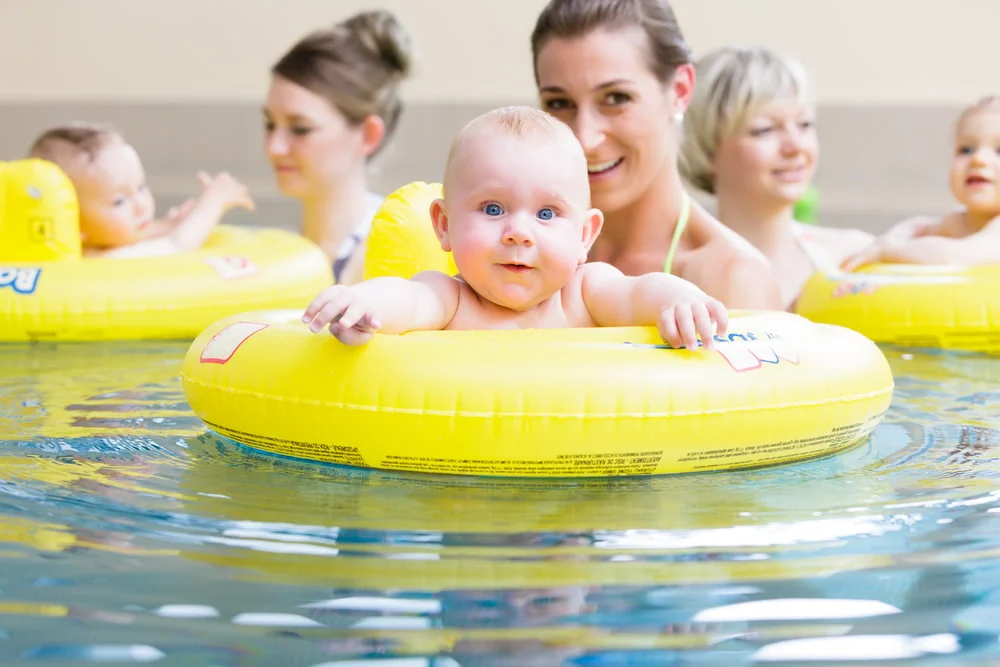Water safety is an essential life skill that every child should learn as early as possible, especially toddlers. For parents, the thought of their young child around water can be nerve-wracking, but it’s important to remember that teaching your toddler how to be safe in and around water is one of the most valuable gifts you can give them. Early water safety education lays the foundation for lifelong swimming skills and helps ensure that your child develops a strong sense of water confidence and awareness.
Here’s why water safety for toddlers is crucial and how parents can introduce their children to this vital skill from a young age.
Why Water Safety Matters for Toddlers
Toddlers are naturally curious, and their curiosity often leads them to explore water—whether it’s a bathtub, a pool, or even a puddle. Unfortunately, water-related accidents are a leading cause of injury and death among young children. In fact, drowning is one of the most significant risks for toddlers, particularly in unsupervised or unprotected environments.
By teaching your toddler water safety, you’re giving them the tools they need to respond to potential dangers. The goal isn’t to make your toddler an expert swimmer overnight but to instill the habits and skills that will keep them safe in the water as they grow. Water safety also fosters a positive relationship with water, helping to build confidence and ease as they begin formal swim lessons.
Key Elements of Water Safety for Toddlers
1. Supervision is Key
The first and most important rule of water safety is supervision. Whether your child is playing in the bath, wading in a pool, or near any water source, always be within arm’s reach. Toddlers are quick and unpredictable, and drowning can occur in just seconds. Never leave a toddler unattended, even for a moment.
It’s also important to be vigilant about water hazards in and around your home. A toddler can drown in as little as an inch of water, so always be aware of potential risks, such as buckets, pools, or even toilets.
2. Introduce Water Gradually
The best way to start teaching toddlers about water safety is to introduce them to water in a gradual, non-threatening way. Begin with bath time, where they can splash and play, becoming familiar with the sensation of water without feeling overwhelmed. Talk to them about the water, its feel, and the importance of staying safe around it.
As your toddler becomes comfortable in the bath, you can slowly introduce them to larger bodies of water, such as a kiddie pool, followed by a larger pool or a lake (with proper supervision and flotation devices). Keep the experience fun and relaxed to help them associate water with positive feelings.
3. Teach Floating and Basic Buoyancy
One of the first water safety skills toddlers can learn is floating. You can start by gently supporting your child in a safe, shallow pool. Let them feel the buoyancy of their body as they float, and encourage them to kick their legs. Floating is a critical skill, as it gives toddlers the ability to remain safe and stay afloat if they fall into deeper water unexpectedly.
Practice floating on their back and tummy, ensuring they feel comfortable being supported by the water. This simple skill could one day save their life if they ever find themselves in a situation where they need to float to safety.
4. Teach Water Entry and Exit Techniques
Make sure your toddler knows how to enter and exit the water safely. Whether at the pool, beach, or lake, they should understand how to approach water with caution. Teach them how to hold onto the edge of the pool, use steps, or crawl in slowly—never dive or jump in without supervision.
Once your toddler is in the water, also emphasize the importance of leaving the water calmly and carefully, especially in pool settings where ladders and steps are used for entry and exit.
5. Learn Basic Breath Control
Breath control is another foundational skill for toddlers in water safety. Begin by teaching your child to hold their breath underwater, even if it’s just for a second or two. You can start by gently splashing water on their face or encouraging them to blow bubbles in the water. This helps them become comfortable with having water around their face and teaches them how to breathe properly.
As they grow more comfortable, you can increase the duration and complexity of these exercises. Teaching breath control early on prepares toddlers for later swimming lessons and makes it easier for them to transition to more advanced swimming skills.
Water Safety Equipment for Toddlers
In addition to basic safety skills, water safety equipment can be invaluable for toddlers as they begin their water journey. Consider these essential tools:
- Life Vests and Floatation Devices: Always use properly fitted life vests or flotation devices when near bodies of water. Even if your child is starting to swim, a life vest can provide an extra layer of protection. Avoid relying solely on floaties or inflatable toys, as they are not substitutes for proper supervision or life vests.
- Sun Protection: Toddlers are especially sensitive to the sun. Be sure to use sunscreen, hats, and UV-protective clothing when spending time outdoors near water. It’s essential to protect their delicate skin from harmful UV rays while they enjoy their time in the water.
- Pool Fences: If you have a pool at home, installing a pool fence with a self-locking gate can prevent unsupervised access. Pool fences act as a barrier between toddlers and water, reducing the risk of accidental drownings.
Building Confidence and Comfort in the Water
As toddlers gain more water safety skills, it’s important to continue nurturing their confidence. Every child is different—some may take longer to adjust to the water, while others may jump in headfirst (literally!). Here are some tips to keep their water experience enjoyable:
- Make It Playful: Keep swim lessons and water safety activities playful. Splash games, songs, and gentle water activities will help your toddler associate water with fun rather than fear.
- Be Patient: If your toddler is hesitant or scared, take small steps to help them overcome their fears. Never force a child into the water if they’re scared; instead, offer gentle encouragement and make every step a positive experience.
- Use Positive Reinforcement: Celebrate every milestone, from floating on their back to blowing bubbles underwater. Praise their efforts, no matter how small, to build their self-esteem and sense of accomplishment.
